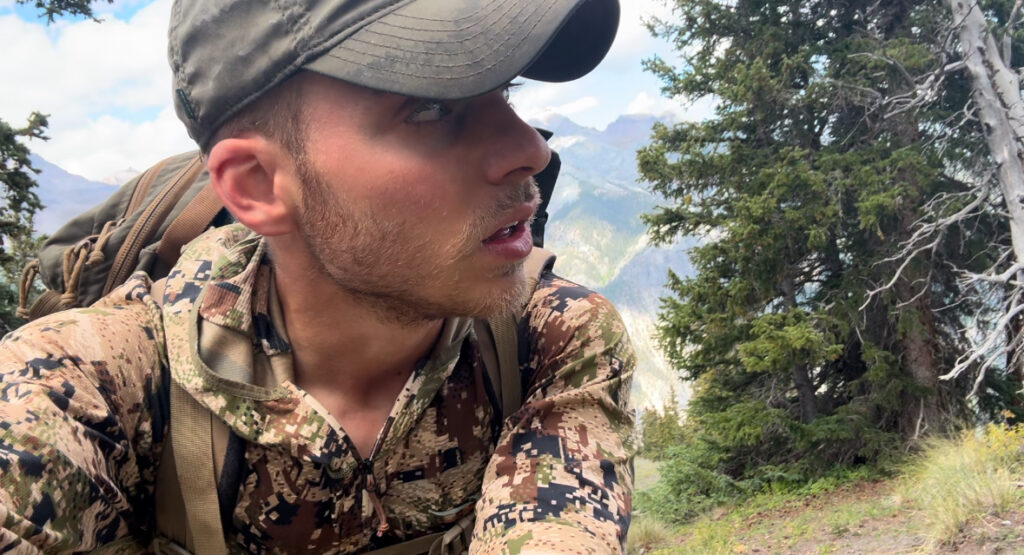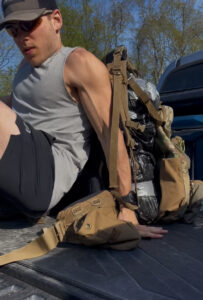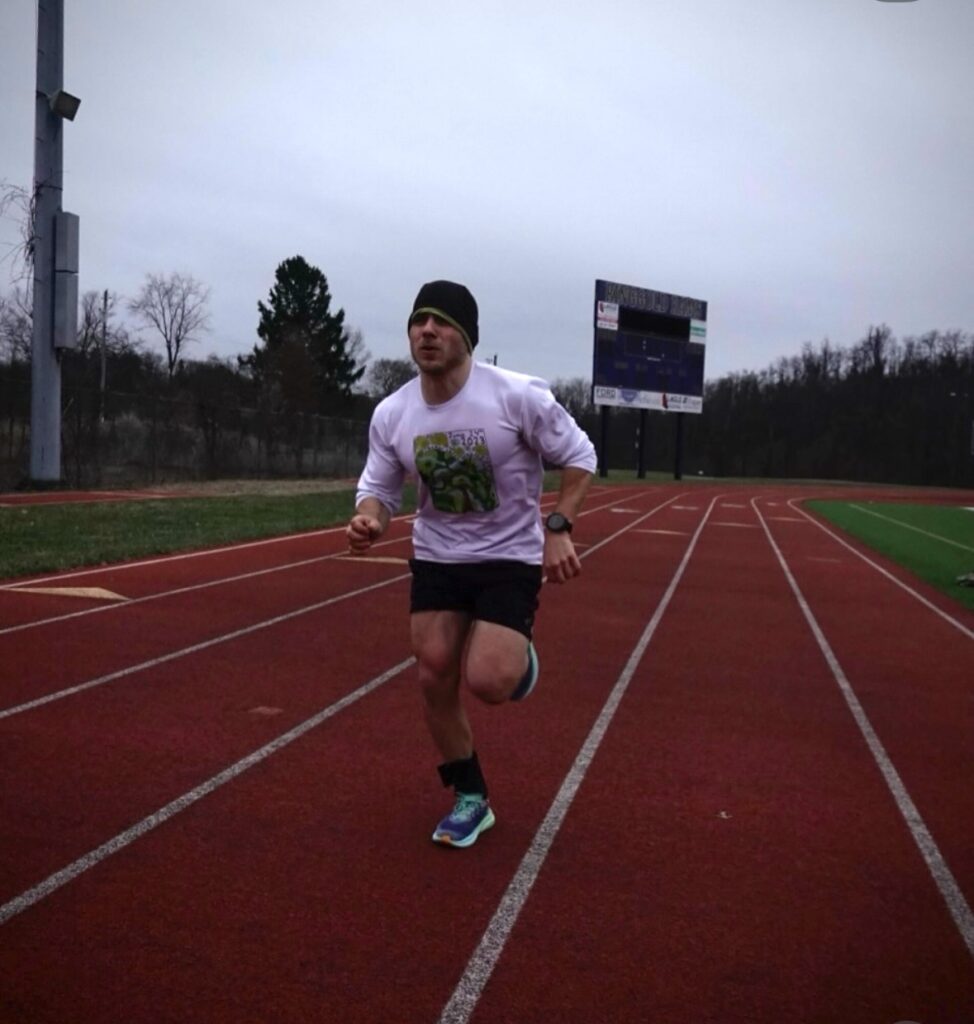Setting the scene
The date is September 22nd. The sun is at its highest point above the mountains. It is Day 6 of your scheduled eight-day elk hunt. You haven’t felt this type of exhaustion since high school football conditioning practice.
The evenings and mornings have been quiet. The elk are not bugling like the Youtube videos you and your hunting partner watched through the summer to get excited for your trip.
The mountains are a lot steeper than what you were expecting from your e-scouting. Spots you thought would take an hour or two hike to reach practically take you all day.
Nothing sounds better than a burger and a hot shower in town. At this point it would be so easy to use the excuse that most other people do when they return home from their big mountain adventure hunt.
“Yeah, I mean we saw some sign. We hunted hard. Just couldn’t get on them.”
You and your hunting partner are faced with a decision to make. You could either run out the clock OR you could make a push to the next steep basin to find elk. But just the thought of that hike there sounds like hell on your body at this point.

FREEZE THIS MOMENT
RIGHT HERE. FREEZE.
THIS is what backcountry hunters are training for. It is THIS snap decision late in the hunt when you are already tired that is going to make the difference. Do you have the physical and mental fortitude to push to the next basin to finally get on elk? Or are you going to chalk it up and just tell yourself you still “gave it your all”.
If you wish your answer to be the former, than you need to spend the rest of the year outside of hunting season to prepare for this moment. So how do we do that?
WHERE TO BEGIN
There is an abundance of content online now for fitness not only in the hunting industry, but just in the world of fitness in general. So it is hard to know exactly where to start.
Fitness is a huge part of my life (second to backcountry hunting). Part of the reason why I obtained my NASM personal training certification was not only to help others, but I also wanted to know for myself the optimal ways to improve performance.
Backcountry hunting is definitely a unique craft when it comes to what performance metrics are needed. A good mix of cardiovascular endurance as well as brute strength are not just recommended, but required for most hunts. The new trend of “hybrid athlete” exercising caters to this quite well. There are many different ways to get in shape for a backcountry hunt but this style has been what has worked for me. Let’s get real practical and not overcomplicate a quality training plan.
The PLan
The volume of work required will depend on where you are on your fitness journey. I also believe that not everyone has the same 24 hours in a day between work, family obligations, etc. But my recommendation at a minimum would be the following:
-1 day per week focused on Zone 2 training (low heart rate)
-1 day per week focused on resistance training (weightlifting)
-1 day per week focused on more vigorous , higher heart rate (interval training)
If you are just returning to incorporating fitness as apart of your lifestyle, this would be a great place to start— three days per week, 40 minutes to an hour of each training day. This will put you in good enough shape if you start in the early summer time by the time hunting season rolls around.
Now if you are someone who is a lot further along in their fitness journey and has the time, I would simply double this. Six days a week of exercise and double up each training day. Or double up on one or two training days if you only have the time for 4 to 5 exercise days per week. Just be sure to incorporate each day at least once in a given week. Personally, my goals for the backcountry as well as ultramarathons are so large, I make sure to incorporate training every single day. But everyone’s situations and goals are different so you must be honest with yourself and find what works for you. Below is an example of what your workout plan might look like:

Further Breakdown
 To break things down even further, here are some examples of exercises you can do for each day:
To break things down even further, here are some examples of exercises you can do for each day:
Zone 2 (lower heart rate) exercise: Hiking, rucking, backpack training with your hunting pack. I am a fan of these because this is exactly what you will be doing on the hunt. Find some hills around you, put the pack on with maybe 40 pounds or so (I’ll strap on a sandbag wrapped in a garbage bag with duct tape) and get out there. Bonus tip: wear the boots and socks you will use on your hunt to make ensure things feel comfortable. Other examples of exercise to satisfy this training day could be swimming, cycling, or elliptical training.
Resistance Training: The goal on this day is to build strength. Obviously the lower body will be the most important to get in shape for your hunt. I do not think a gym membership is required here but if you have one, that is better.
Vigorous (higher heart rate) exercise: The intent of this training day is to get your heart rate elevated. Most likely you are going to break a good sweat here. Although uncomfortable, these are the days that are really going to help increase your cardiovascular system. There is a style of exercise that is referred to as high intensity interval training (H.I.I.T.). An example of this would be some intervals of walk/runs. Run hard for a few minutes then walk for a few minutes. Repeat. This does not have to be running, it could be done on a spin bike, elliptical, etc. Let’s just try and get a good sweat going for about 40 minutes in total on these days.
FINAL THOUGHTS

Do not overcomplicate things here. Get very practical. Pull out a pencil and piece of paper and layout a week plan that works for you based on those three types of training days. The more specific you get (i.e. “Okay on Wednesday’s I have to be at work by 7AM so I am going to get up at 5AM and do my Zone 2 training.”) the more likely you will adhere to your plan.
And that is where you will see improvements. That is the “magic” you are looking for to get into hunting shape. Adherence to the training plan over time (discipline). I have not tried any but there are some great programs out there like Elkshape Training and MTNTOUGH which I am sure work wonders as well. Also buying into them may help keep you accountable. But I wanted to share this blog post if you are just looking for a place to start incorporating fitness back into your lifestyle.
And obviously, this training goes beyond hunting. There is no better way to promote longevity of a healthy life than consistent exercise.
So do not wait any longer. Use what you have learned here in this blog post and come up with your training plan. Think of it as a contract you are writing to yourself. Sign it. Stick with it. And by showing up every single day to train when you are supposed to is also going to build up your mental toughness— another requirement for backcountry hunting. Keep the promises you make to yourself.
And do not wish you were in better shape by the time hunting season rolls around. Put in the work now.
Best of luck, I’ll see you out there.

